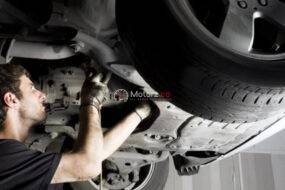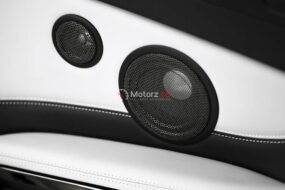Clutch Problems Address common Clutch Issues And Maintenance. a vital component of manual transmission vehicles, plays a crucial role in the smooth operation of a car. However, like any mechanical part, clutches are susceptible to wear and tear, leading to various issues that can affect driving performance. In this article, we will delve into common clutch problems and discuss effective maintenance practices to keep your clutch in top-notch condition.
Understanding the Clutch System
Clutch Problems Before we delve into specific problems, let’s briefly understand how the clutch system works. The clutch facilitates the engagement and disengagement of the engine from the transmission, allowing the driver to change gears. When the clutch pedal is depressed, the clutch disengages, interrupting the power flow from the engine to the transmission, enabling gear changes. Understanding this basic function is crucial in diagnosing and addressing clutch-related issues.
Common Clutch Problems and Solutions
Slipping out of gear, difficulty maintaining speed, engine revving without a corresponding increase in vehicle speed. Worn clutch disc, pressure plate issues, or oil contamination. Replace the clutch disc, pressure plate, and examine for any oil leaks that may have contaminated the clutch components.
Clutch Drag
Symptoms: Difficulty shifting gears, grinding noise during gear changes, vehicle creeping forward even with the clutch pedal fully depressed. Maladjusted linkage, damaged pilot bearing, or a warped clutch disc. Adjust the linkage, replace the pilot bearing, and inspect the clutch disc for warping.
Unusual Noises
Squealing, grinding, or rattling noises when the clutch pedal is pressed.Worn release bearing, damaged input shaft bearing, or loose clutch components. Replace the release bearing, inspect and replace the input shaft bearing if necessary, and tighten any loose components.
Difficulty Shifting Gears
Resistance or grinding when shifting gears, inability to engage certain gears. Worn synchromesh, damaged shift fork, or low transmission fluid. Replace the synchrony, inspect and replace the shift fork if necessary, and ensure the transmission fluid is at the correct level.
Clutch Maintenance Tips
Conduct regular visual inspections of the clutch system, checking for signs of wear, leaks, or unusual noises. Avoid excessive slipping of the clutch, and ensure smooth gear changes by using the clutch pedal judiciously. For hydraulic clutches, regularly check and top up the clutch fluid to maintain proper hydraulic pressure. Be mindful of driving conditions, as high temperatures can accelerate clutch wear. Avoid excessive slipping in heavy traffic. Schedule periodic professional inspections to catch potential issues early and ensure timely replacements.
Conclusion
Clutch Problems A well-maintained clutch is essential for a smooth driving experience. By understanding common clutch problems and adopting proactive maintenance measures, you can prolong the life of your vehicle’s clutch system, ensuring optimal performance and reducing the likelihood of unexpected breakdowns. Remember, a little care goes a long way in preserving the health of your clutch and, by extension, your driving pleasure.





